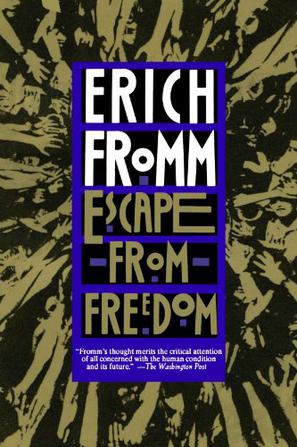Madness and Civilization
Michel Foucault
This was Michel Foucault's first major book, written while he was the Director of the Maison de France in Sweden. It examines ideas, practices, institutions, art and literature relating to madness in Western history.
Foucault begins his history in the Middle Ages, noting the social and physical exclusion of lepers. He argues that with the gradual disappearance of leprosy, madness came to occupy this excluded position. The ship of fools in the 15th century is a literary version of one such exclusionary practice, the practice of sending mad people away in ships. However, during the Renaissance, madness was regarded as an all-abundant phenomena because humans could not come close to the Reason of God. As Cervantes' Don Quixote, all humans are ridiculous weak to desires and dissimulation. Therefore, the insane, understood as one who has come too close to God's Reason, was accepted in the middle of society. It is not before the 17th century, in a movement which Foucault famously describes as the Great Confinement, that "unreasonable" members of the population systematically were locked away and institutionalised. In the 18th century, madness came to be seen as the obverse of Reason, that is, as having lost what made them human and become animal-like and therefore treated as such. It is not before 19th century that madness became mental illness that should be cured, e.g. Freud. Later it was demonstrated that the large increase in confinement did not happen in 17th but in the 19th century, somewhat undermining his argument.
Foucault also argues that madness during Renaissance had the power to signify the limits of social order and to point to a deeper truth. This was silenced by the Reason of Enlightenment. He also examines the rise of modern scientific and "humanitarian" treatments of the insane, notably at the hands of Philippe Pinel and Samuel Tuke. He claims that these modern treatments were in fact no less controlling than previous methods. Tuke's country retreat for the mad consisted of punishing the madmen until they gave up their commitment to madness. Similarly, Pinel's treatment of the mad amounted to an extended aversion therapy, including such treatments as freezing showers and use of a straitjacket. In Foucault's view, this treatment amounted to repeated brutality until the pattern of judgment and punishment was internalized by the patient.


